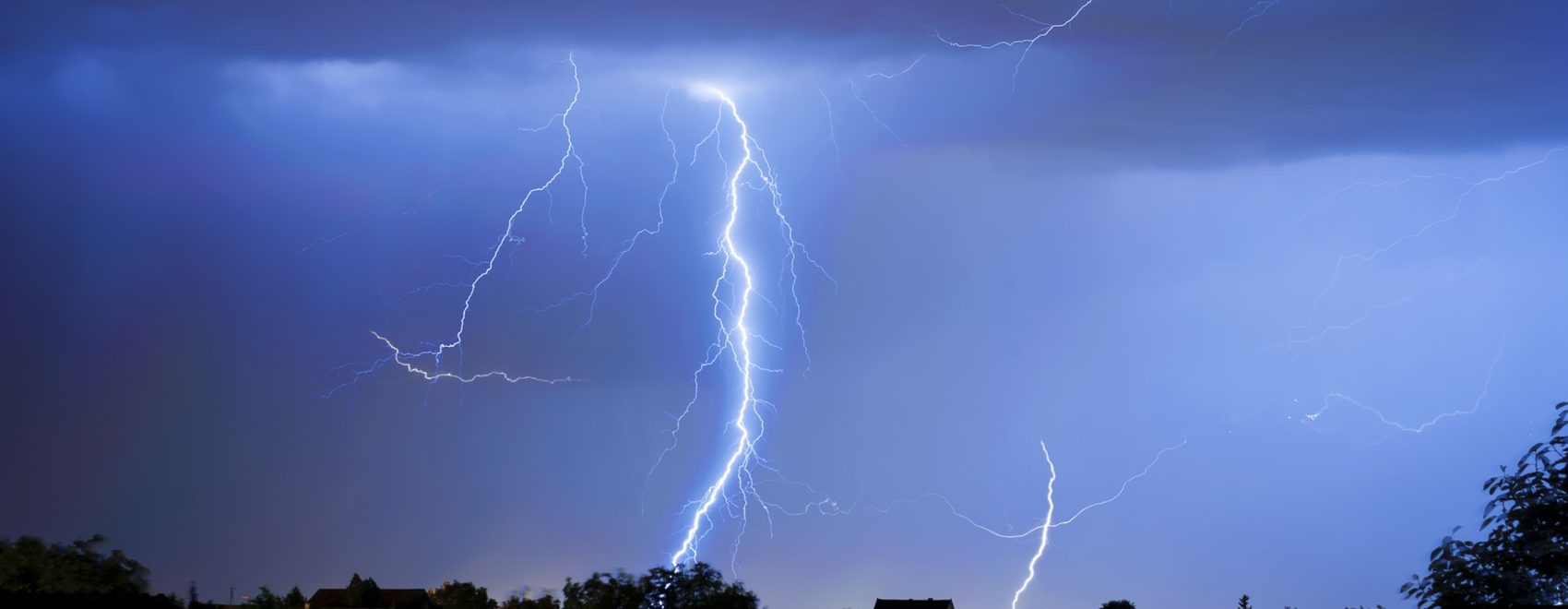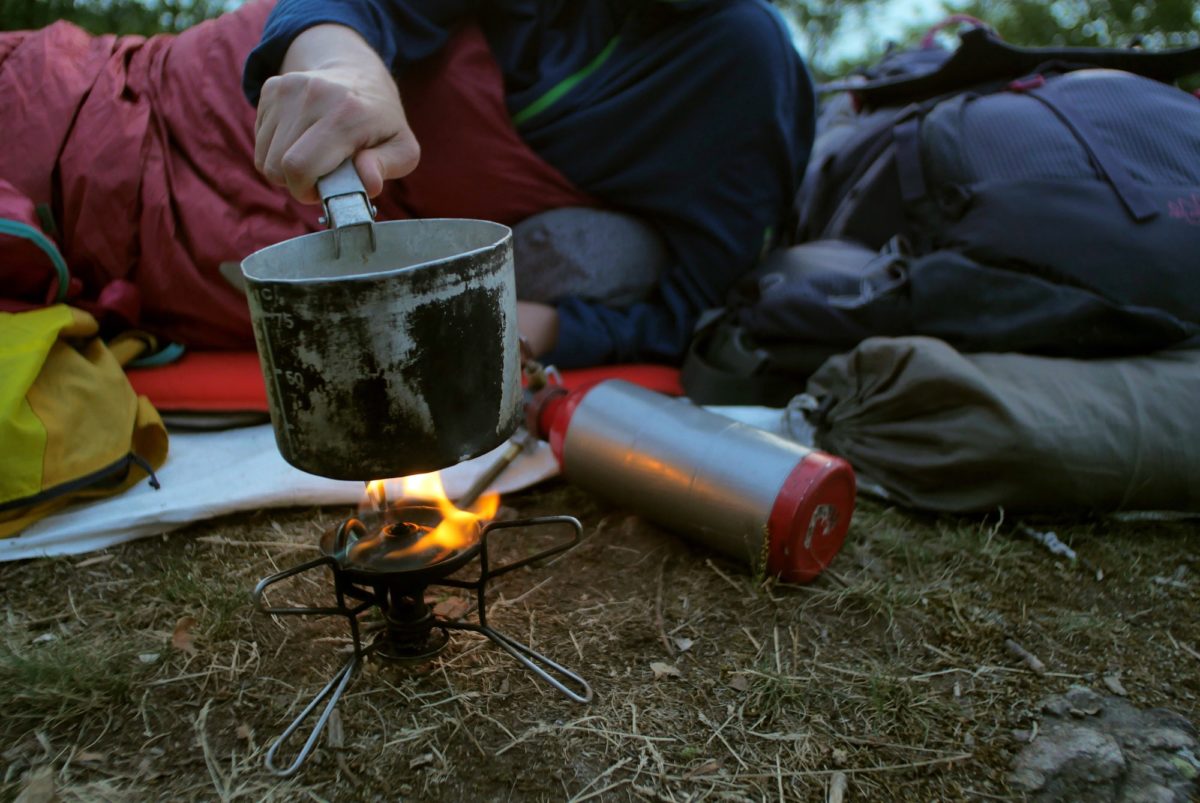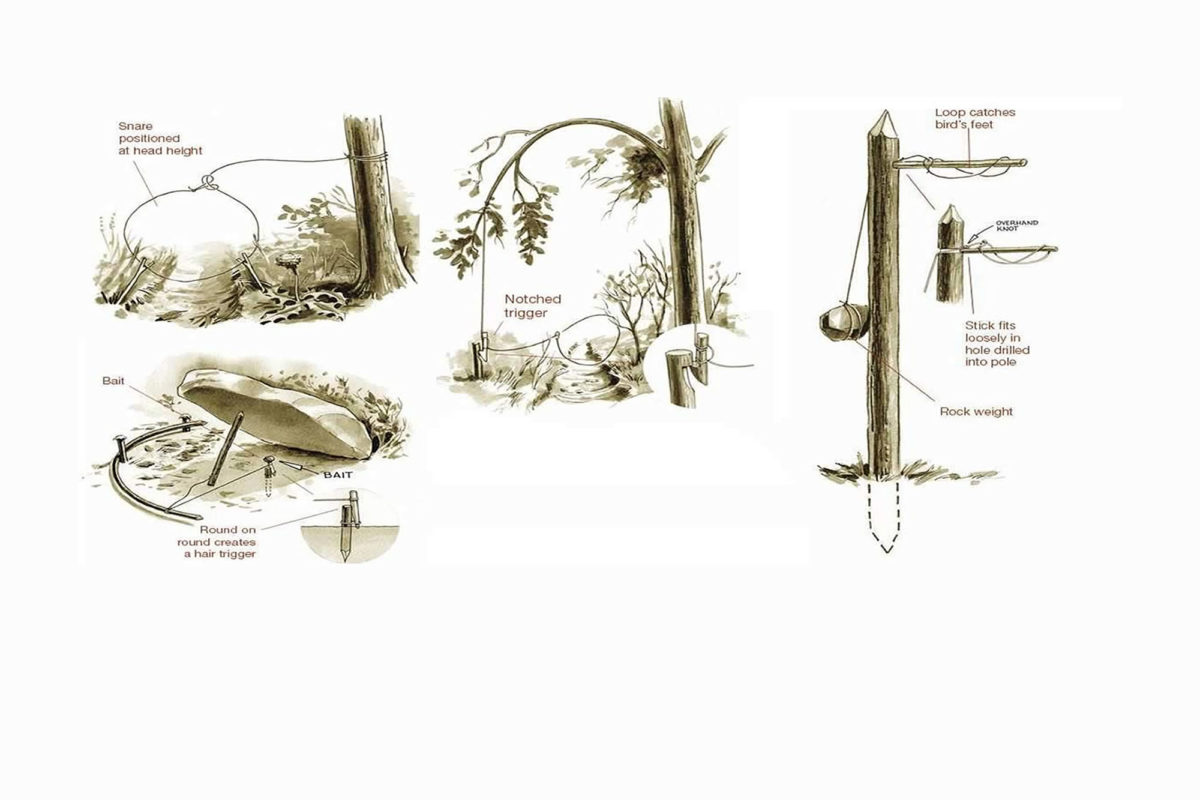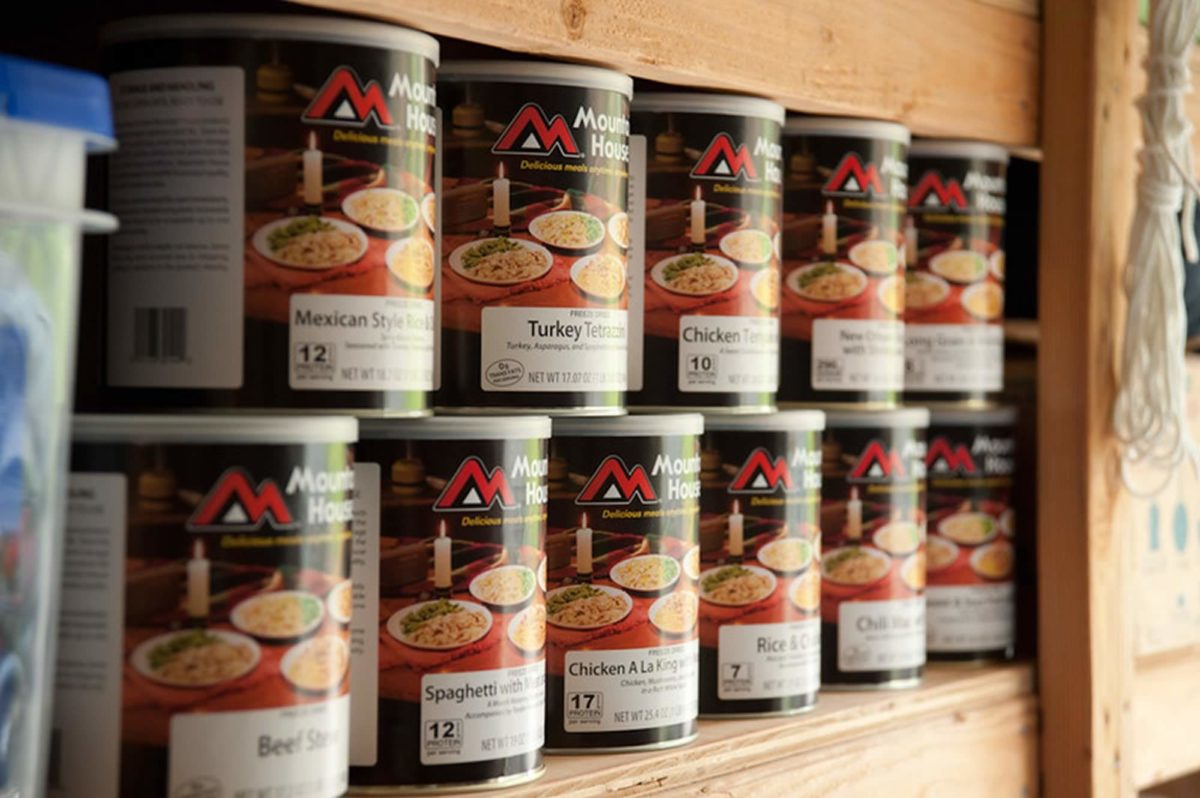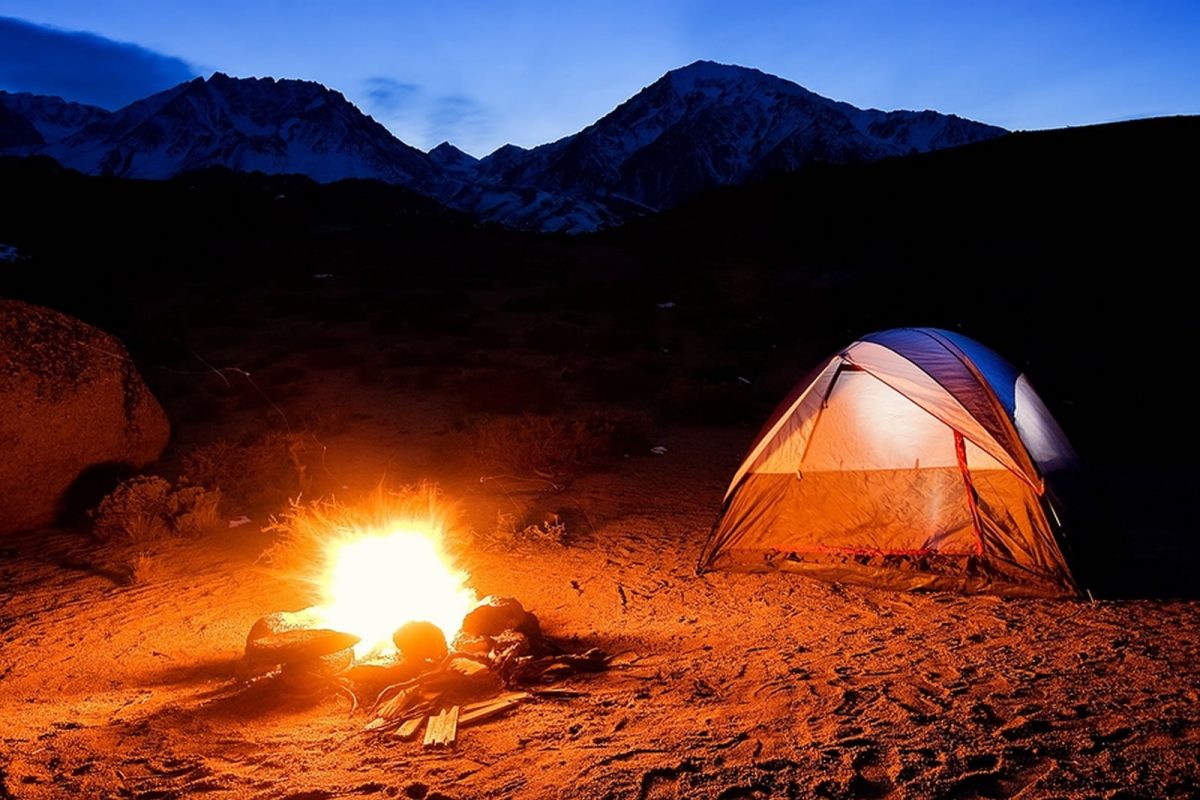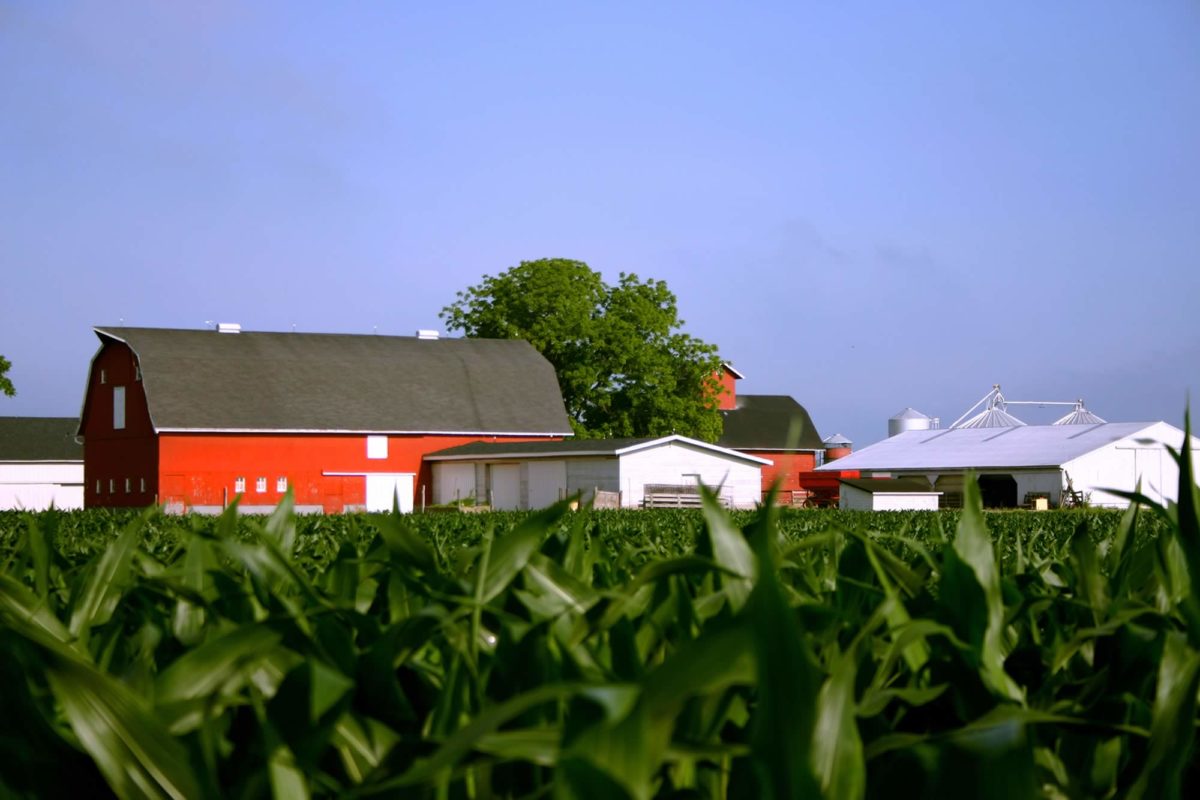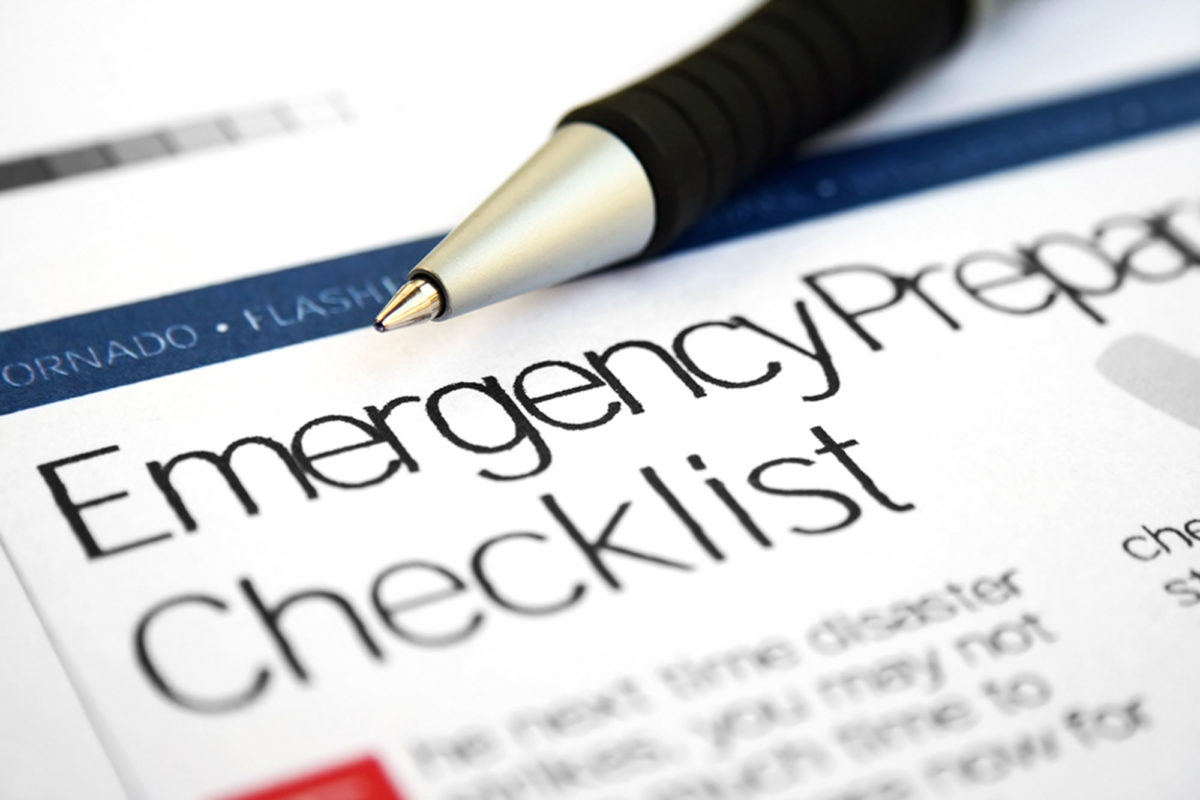Bugout Profile: What are the weather realities?
Let’s suppose that you live in a northern U.S. city and disaster strikes, say citywide riots, and you need to grab your bug out bag and get (far) away from town. What’s the first thing you need to know is in your bug out bag? Lots of possible answers: Guns, food, medical supplies, but shouldn’t a question come first, where are you and what season is it? If it’s winter and you’re heading into a northern forest where it’s 20 below zero in a blizzard, that is probably a survival situation in its own right. Does your bug out bag contain the right stuff like shelter or clothing for this situation?

There are very few places you can live, or go, where the climate isn’t an issue for the contents of a bug out bag. Whether it’s hot or cold, wet or dry any location with potentially severe weather conditions needs to be a factor in planning your bugout profile.
While it’s true a bug out bag contains the same basics – food, shelter, water, fuel, medical supplies, and clothing – it’s no stretch of logic that some of the contents should be adapted for different conditions. Weather conditions are obviously important. Adapting shelter and clothing is pretty obvious; if, for example, you’re heading out in winter conditions, you need heavy clothing, layers of it, and a robust emergency shelter (arguably, you should be heading for a permanent structure in winter).
Similar adaptations apply if you’re heading into extreme heat, very wet, or very dry conditions. It’s important to consider the general weather conditions, that is, climate, and also consider current conditions, weather, which should include possible extreme conditions. Extreme weather conditions can be just as much a part of the survival challenge as the initial emergency that drove you out of Dodge in the first place.

We’ve already covered the importance of where you are when disaster strikes, and equally so where you intend to go. Now consider how the weather may vary from where you are to where you’re planning to go. For example, there are many places in the United States where the climate at the coast is very different from the climate only a couple hundred miles (or less) inland. Much of southern California comes to mind. The same can be said for elevation, here the climate of a valley can be radically different from the climate only a few miles and a few thousand feet higher.
Seasons matter in these scenarios. It isn’t just a cold and snowy winter that’s a problem. Some places winter means rain and cold, which in ways can be harder to survive than freezing. Likewise bone dry summer in many desert locations presents a different survival problem than (possibly) moist conditions in other seasons. The point is that part of your bugout profile is to know the climate of where you’re going and adapt the bug out bag to fit.

Another factor is the duration of the emergency. An emergency that lasts only a few hours, or even a few days most likely won’t involve a major change in weather, but when the emergency lasts weeks or months; that’s a different story. You’re more likely to have a change in seasons and with it a change in weather.
Lots of survival strategies have people hide out in the mountains in summer, when it’s warm
and wild food sources are relatively abundant. What happens if it’s necessary to stay in the mountains as winter begins? You can’t always (or often) predict how long a survival emergency will continue, but the possibility of a longer stint is important for a lot of reasons, changes in weather is not the least of them.
How much of the bug out bag should be adapted for weather?
Let’s hope you’re not in a situation where you have to load the bug out bag for radically different weather.
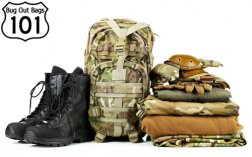
Clothing is obvious, warmer (and often heavier) clothing for cold…etc. What goes on your feet ideally should be adapted for weather, but boots and shoes are mostly bulky and heavy; most bug out bags aren’t going to be able to carry multiple pairs. Socks, that’s a different matter, as socks for cold, or wet or very hot can easily be managed.
Don’t forget about hats and gloves; seasons make a difference for these items. Almost universally packing a bug out bag with appropriate clothing is your responsibility, so while it may be convenient to have a bug out bag already loaded with your clothing, take a moment to consider assembling weather oriented clothing at the time you need to grab the bug out bag and run.
Most people have bug out bags that provide some kind of shelter gear, mostly for emergencies, but it’s a big open question whether some of this gear is appropriate for different seasons. For example, a simple tarp is probably okay for showery weather, but not for a major rainstorm, especially if there’s wind – and winter, fuggedaboutit.
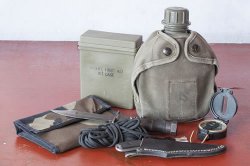
For the most part, emergency food typical of a bug out bag is okay in any weather, but there are some gotchas. Anything with water in it can freeze. In winter, canteens can freeze solid. Experienced people take a thermos in winter, even for plain drinking water (and better with coffee or energy drink). Extreme weather usually ups the requirement for calories, especially cold. Depending on the season, you may need more food.
While food, shelter and clothing are intuitively obvious to adapt for the weather, there are lots of other ways in which weather could affect what you store (and how your store it) in the bug out bag. It’s not practical here to cover all the adaptations of a bug out bag for weather, but what’s suggested is how important it is to think through the implications of weather, especially extreme weather, for what should be included in your bug out bag.
Tutorial Sections

Read More
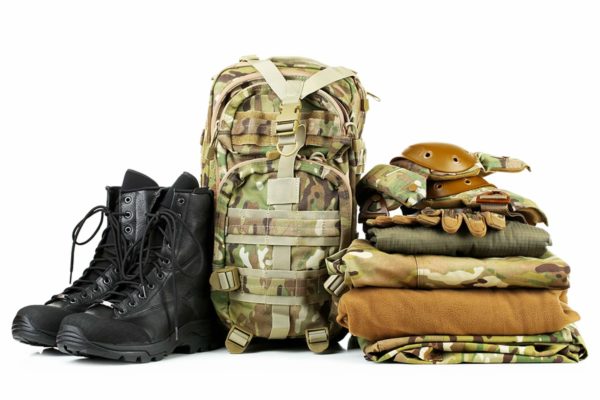
Read More

Read More
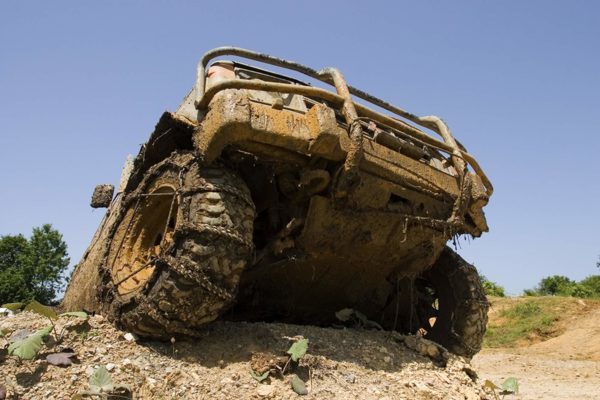
Read More
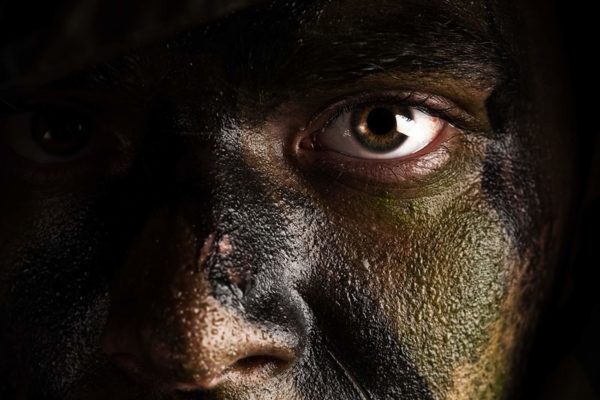
Read More
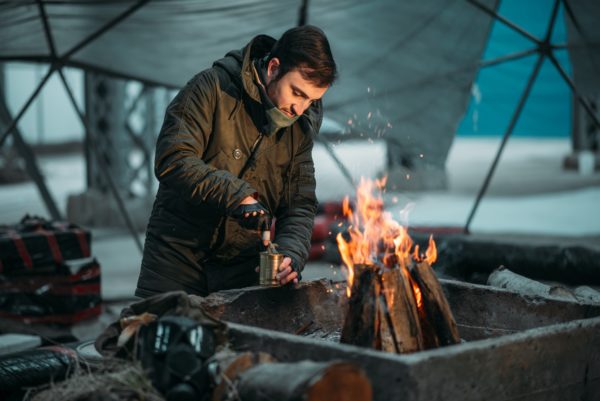
Read More

Read More
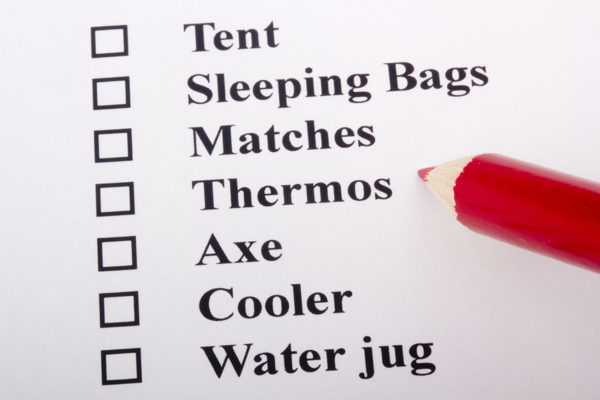
Read More
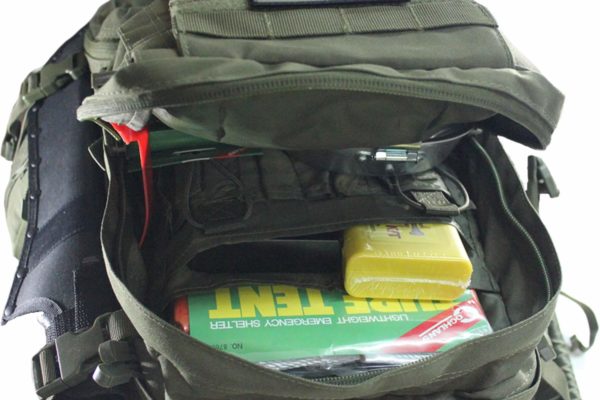
Read More
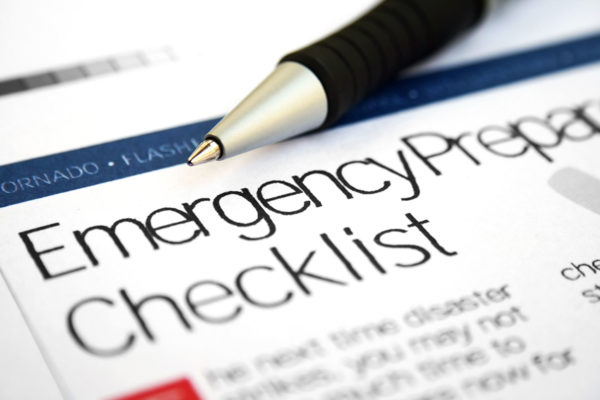
Read More
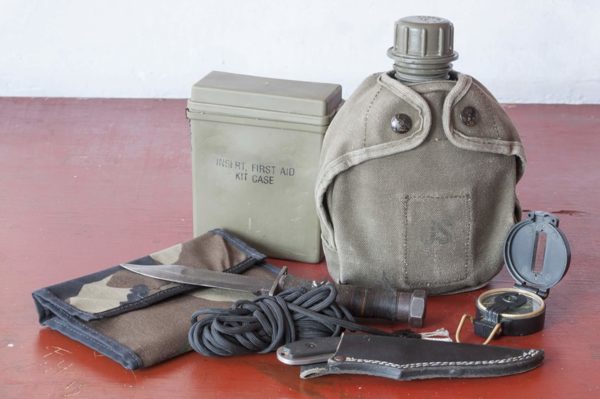
Read More
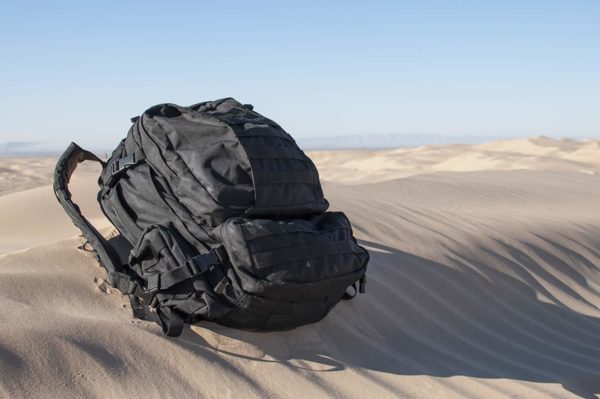
Read More
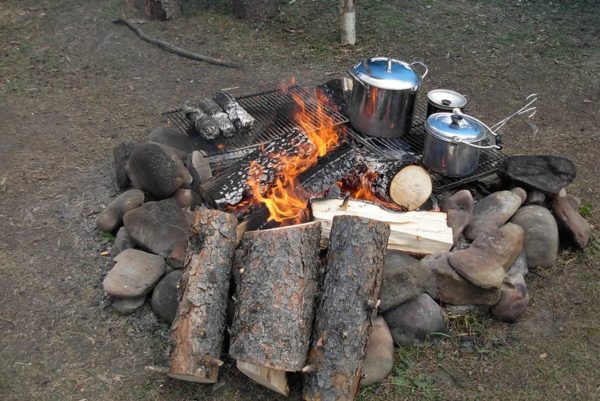
Read More
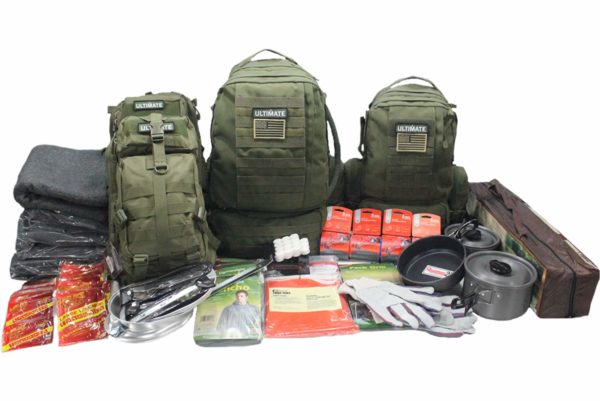
Read More

